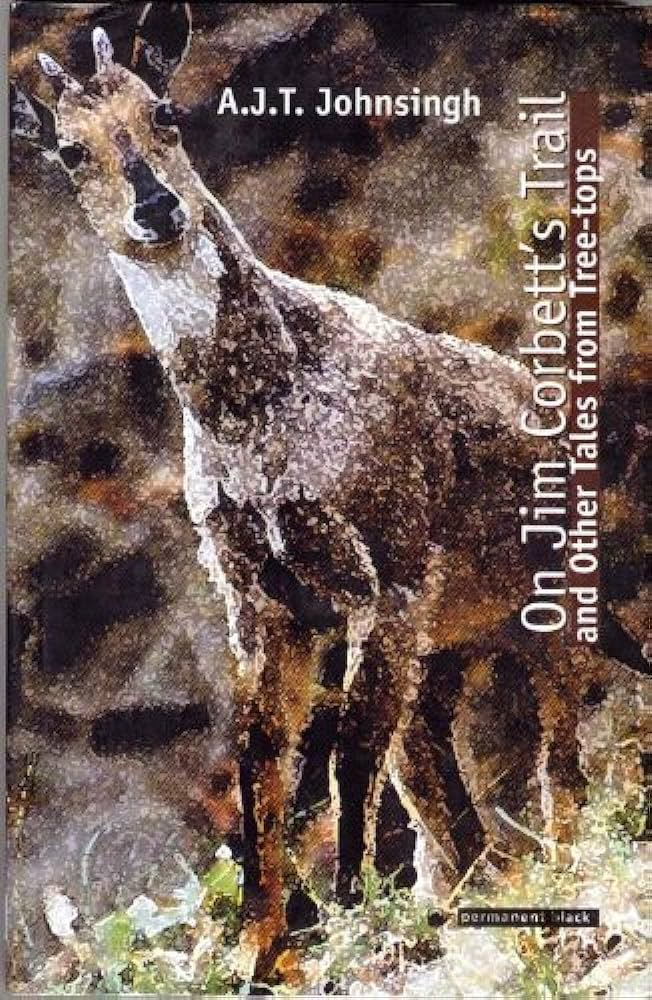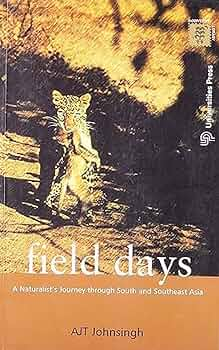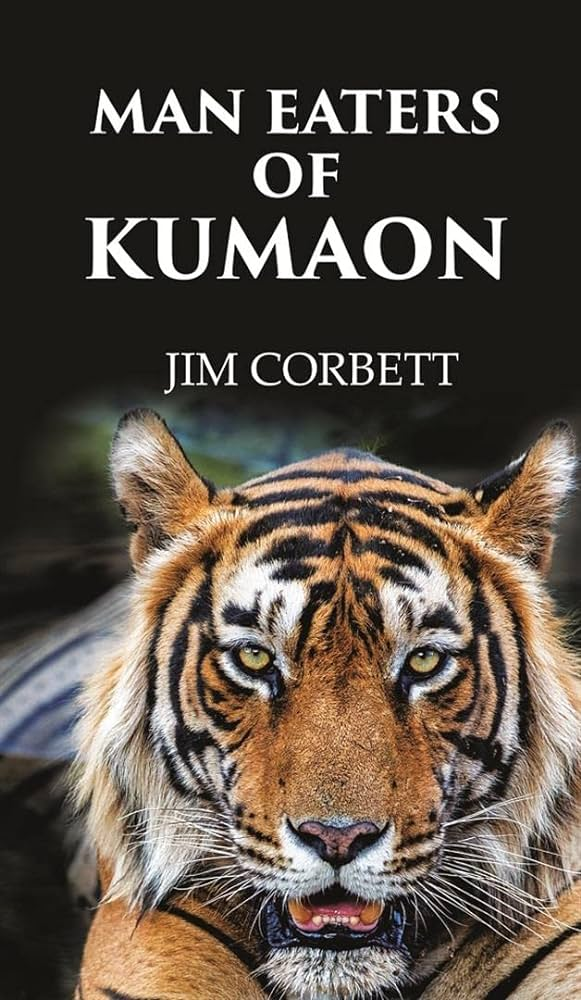It was the first week of January 2009. We had recently relocated back from the UK, so it was our first New Year and wedding anniversary since our return. The birth of our son was a month away, and the registration of our music charity Child’s Play India Foundation even further away, that June.
I happened to read in the press that a talk on ‘Conservation of the Western Ghats’ would be given at the World Wildlife Fund (WWF) Miramar (at the initiative of Dr. John Britto) on Saturday, 6 January by eminent wildlife biologist Dr A J T Johnsingh.

I had read his articles in wildlife magazines and his fame preceded him. The topic of his lecture was also of direct relevance to Goa’s future on so many levels.
It was an illuminating session, passionately delivered, pulling no punches. Putting the importance of the unique, fragile biodiversity of the Western Ghats in perspective, Dr. Johnsingh emphasised that nearly half the number of bird species found in India are endemic here, with a similar proportion for reptiles and amphibians. Of the 410 mammalian species in India, 139 are found in the Western Ghats. It is also home to 287 of India’s 678 species of freshwater fish. Around 330 species of butterflies depend on over 1000 species of pans for breeding and feeding. (The above were his 2009 figures)
He cited a shopping list of threats to the Western Ghats hotspot: mining, encroachment in protected areas, poaching, unchecked tourism, garbage mismanagement, deforestation, climate change, pesticide use, misguided government policies and projects, political interference and lack of accountability, public apathy.
After the talk I purchased one of Dr. Johnsingh’s books, ‘On Jim Corbett’s Trail and Other Tales from Tree-tops’ (2004)

and kick myself today for not getting it autographed. I then overheard him and Dr. Britto planning an expedition into Goa’s forests, and impulsively asked if I could tag along. To my delighted surprise, they agreed. I dashed home, threw some things into a rucksack, and so began two unforgettable days with this amazing walking encyclopaedia on all things related to wildlife.
John Seidersticker, senior scientist at Smithsonian Zoological Park, Washington DC, Dr Johnsingh’s colleague and dear friend, wrote the foreword to at least two of the latter’s books.
What he said at the beginning of the 2004 book eloquently echoes my own 2009 experience: “Going for a walk in an Indian forest with Dr. AJT Johnsingh is simply one of the finest experiences you can have in life. There is his good humour. There is the joy in his steps when he is walking in the forest. He walks to live and lives to walk – and it shows. His good feelings set the whole tone of the trip. And you feel good because he is so at home in the forest. He is ever alert, completely aware of all that is going on around him.”
At the lecture, and during the course of those two days in the forest, Dr. Johnsingh spoke passionately that re-introducing sambar deer in the protected areas would increase Goa’s tiger population. “Sambar conservation in Goa is tiger conservation,” he stressed. A single sambar kill by a tiger would sustain it for days, as a sambar can yield 100-120 kilograms of meat.
Carving out a 75 sq. km in Goa (Mhadei, Molem, Netravali and Cotigao protected areas) would protect the important rivers of three states: Mhadei (Goa), Malaprabha (Karnataka), and Tillari (Maharashtra), ensuring water security for all thee states, a win-win situation. Tiger conservation guarantees our own human survival.
The demise of Padma Shri Dr. Johnsingh at 78 plunged stakeholders in wildlife conservation everywhere in India and abroad (who all loved and respected him) into deep mourning.
His achievements are staggering. His PhD study of the dhole (Asiatic wild dog) of Bandipur Tiger reserve in the 1970s was the first in India by an Indian on a free-ranging large mammal. He helped establish the Kalakadu-Mundanthurai Tiger Reserve and Grizzled Giant Squirrel Wildlife Sanctuary in the Western Ghats among others. He trained over 300 forest officers, many of who now manage protected areas across South and Southeast Asia. He authored 70 scientific papers and his scores of popular articles and four books have inspired many a young mind toward a love of the wild.
My friend Pankaj Lad, himself a wildlife expert and birder, fondly reminisced: “The care and compassion Dr. Johnsingh bestowed upon us youngsters, in addition to the shower of knowledge is simply unforgettable. He knew everything! Our current conservation initiatives in the surrounding areas of Bhagwan Mahavir Wildlife Sanctuary are a result of the interaction with this tough-looking, down-to-earth, loving personality.”
On reading through his 2004 book and the next one (‘Field Days: A Naturalist’s Journey Through South and Southeast Asia’, 2005),

several things stand out.
One is the power of books and reading. It was a chance encounter with a book (“on the wrong shelf in a corner” of his childhood local library “one dusty afternoon”), a Tamil translation of ‘Maneaters of Kumaon’

by Edward James ‘Jim’ Corbett (1875-1955) British hunter-turned-conservationist, that “cast a spell that has not lifted.” It was life-changing for him, and I know Dr. Johnsingh’s own books and articles similarly have and will inspire future generations.
The other is a phenomenon I hadn’t thought of before, “our collective ecological amnesia” or “the shifting baseline,” our collective ‘forgetting’ of the environmental conditions of the past, mentioned by Seidersticker in both forewords: “A father can tell his son how it was, but the son, who has never experienced what his father has seen, simply cannot appreciate the changes in nature that are happening everywhere. For this reason, our collective idea of what is ‘natural’ changes, usually for the worse. Consequently, our environmental history is not grounded and we simply don’t understand the deterioration that is occurring.”
I know this intergenerational “ecological amnesia” first-hand. My dad heard big cats roar in Naroa at nightfall, I didn’t. In my childhood, we heard the howl of the ‘kolo’ (jackal) on village hillsides, my son won’t.
I always wondered what the AJT in Dr. Johnsingh’s name stood for. It was Asir Jawahar Thomas. Thomas is easily explained; Dr. Johnsingh’s home state Tamil Nadu is where saint Thomas was martyred, so a great devotion exists there. Asir is short for ‘Asivatham’, ‘blessing’ in Tamil; and Jawahar means jewel.
Both are apt. Dr. Johnsingh was a blessing to and the sparkling jewel of India’s wildlife conservation and protection movement.
I was heartened to learn that Dr. Johnsingh attributed his safety in the field (from variously a charging elephant tusker, tiger or king cobra, among other close calls) to his belief in Psalm 91, which I love too: “for He shall give His angels charge over thee…thou shalt tread upon the lion and adder…I will be with him in trouble…. I will deliver him and honour him.”
Dr. Johnsingh’s indefatigable spirit, his fearlessness on and off the field, his lifelong championing of the environment and wildlife are an inspiration for generations to come. To quote Psalm 91 again: may he “rest in the shadow of the Almighty” forever.
(An edited version of this article was published on 16 June 2024 in my weekend column ‘On the Upbeat’ in the Panorama section of the Navhind Times Goa India)
